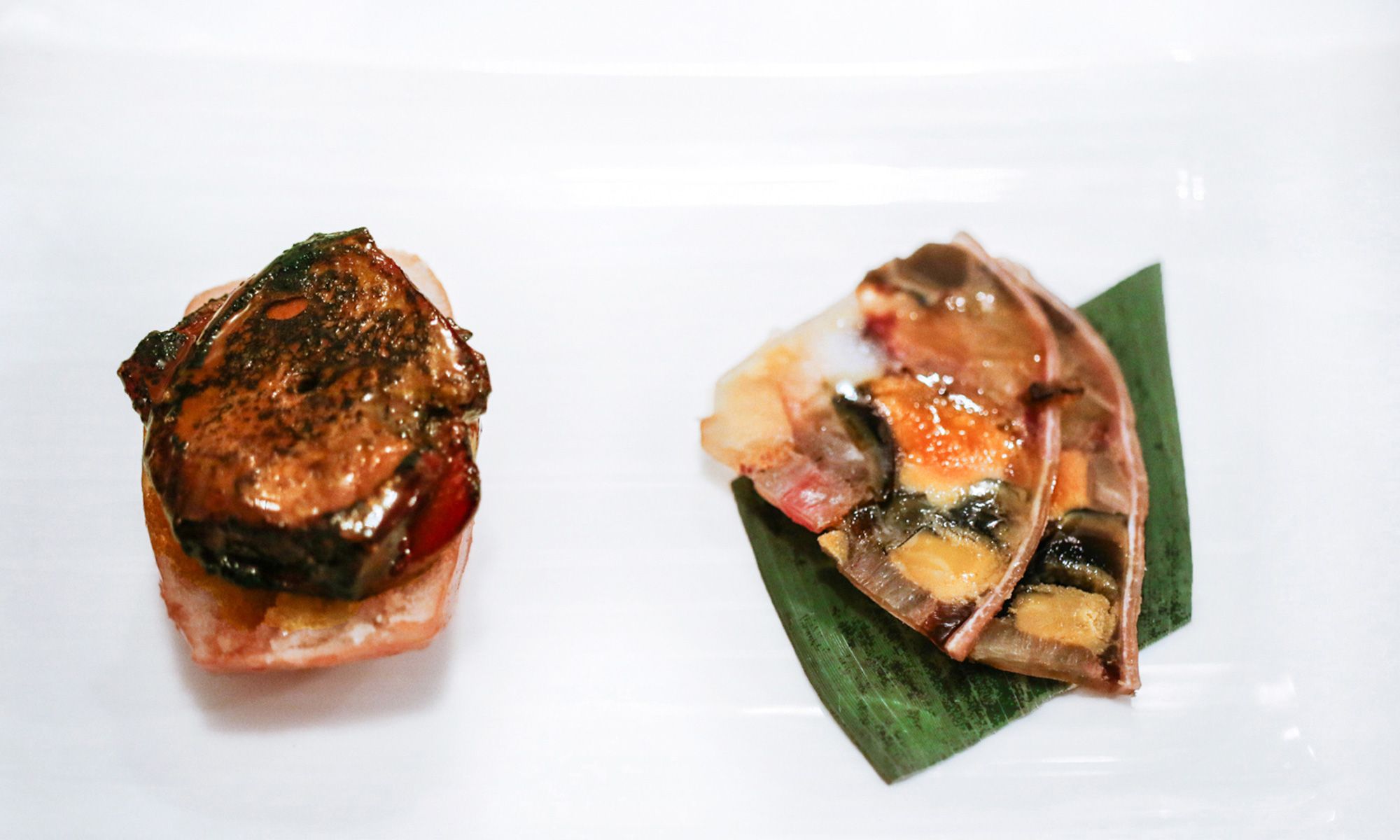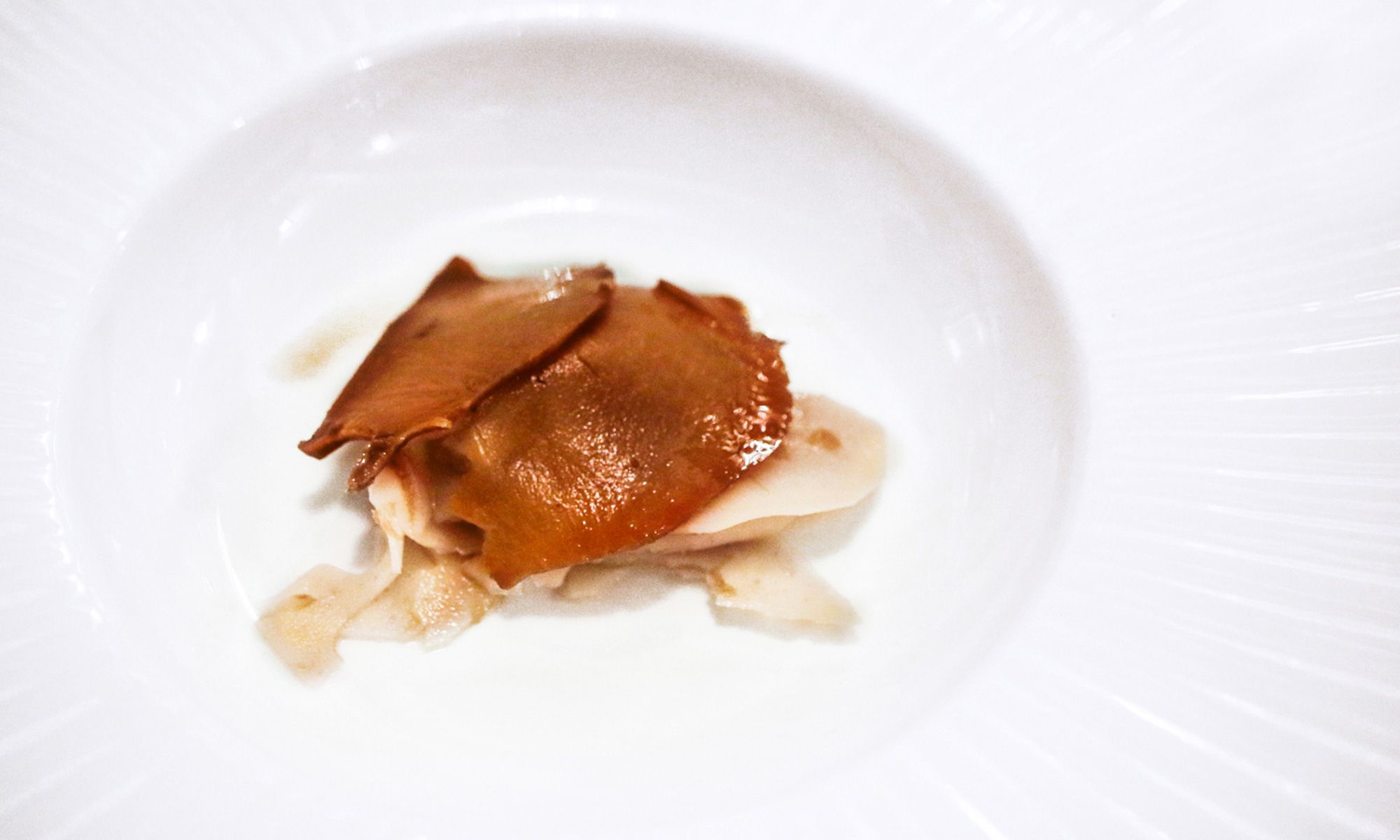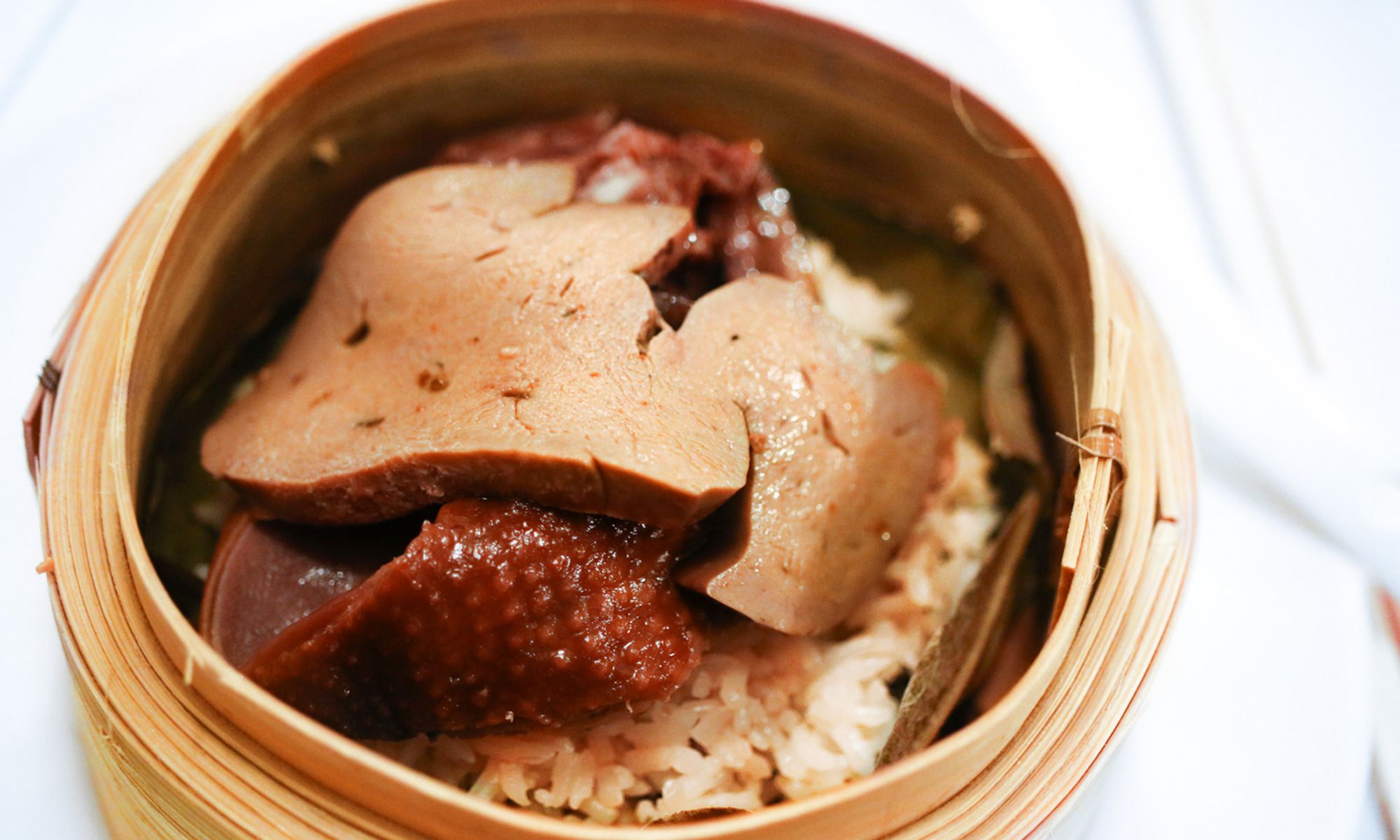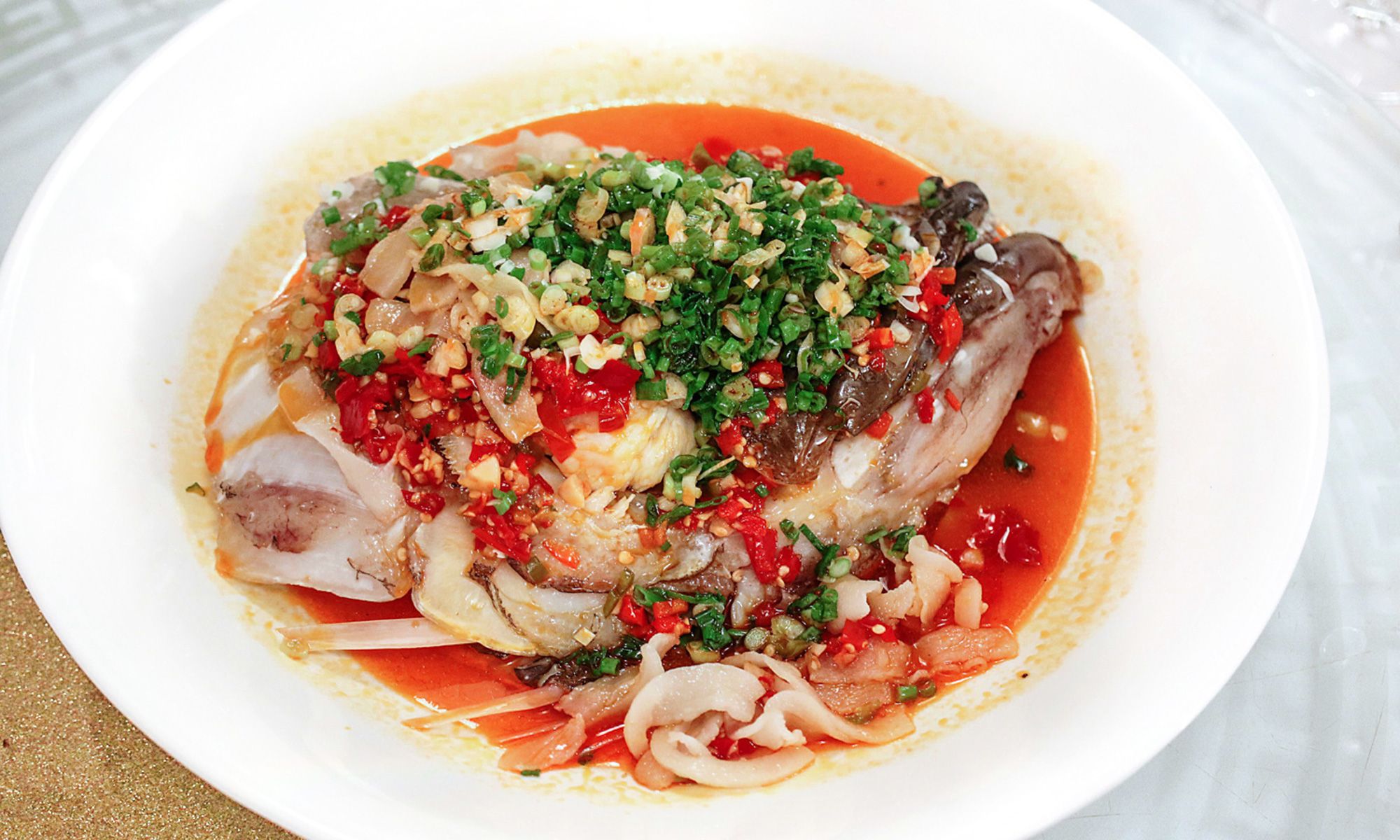During a rare culinary showcase at The Chairman, two young food practitioners from Guangdong province offered us a glimpse of the future of the beloved regional cuisine
In late January, I was invited to a culinary showcase at The Chairman. It was unusual in that much of the details were kept under wraps until the dinner itself—except that the dinner would feature two guests from Guangdong’s city of Foshan. The special names, as it turned out, were Xu Jingye and Jimmy Yip, a chef and a restaurant manager respectively, in their early 30s, from Foshan’s 102 House—a lesser-known culinary mecca catering to those in search of a vintage taste of Cantonese cuisine. I had the pleasure to sit down with the duo over tea, during which time they let me in on their quest to preserve the traditions of one of the most popular—yet still vastly misunderstood—regional Chinese cuisines in the world.
“What do you taste in the tea?” asked Xu, the chef of the duo, as he closely observed my reaction upon taking the first sip. I commented that the steaming tea was bitter at first, with floral honey as an aftertaste that lingered on. “It’s a type of Iron Maiden tea, infused in winter honey for years, allowing the bitterness to subside slightly and adding subtlety to the honey,” Xu explained. At 32, Xu is a full-time executive chef at Foshan's 102 House, which he co-owns with Yip, 36, a former marketing executive in China. “We met each other through a food crawl in Hong Kong, munching our way through the esteemed eateries of the city during our trips,” Yip explained. “In the process, we slowly got to know each other and how much we love food. As the restaurant manager, Yip’s experience as a marketer translates into his role of promoting 102 House, following the dramatic changes the independent restaurant went through.

“We started off as one of the many restaurants in the province doing contemporary Chinese food,” Xu explains. “Adding wasabi into cold chicken and jellyfish, and also mango into stir-fried beef. It went well for a while, but then trends change, and we realised our clientele did not return for more, hence inspiring change on the restaurant’s part.” Before long, Xu and Yip returned to their favourite pastime: they pored over old cookbooks in Xu’s vast collection, and began to look for answers. Through volumes of colourful photos and old Chinese recipes, the duo rekindled their passion for traditional Cantonese cuisine, which requires a deep understanding of basic principles, and familiarity with ingredients in order to execute it well. It was also in these volumes that the two young food practitioners found their new interest— locating ingredients from within the Guangdong region. Yet, such mission was never easy.




